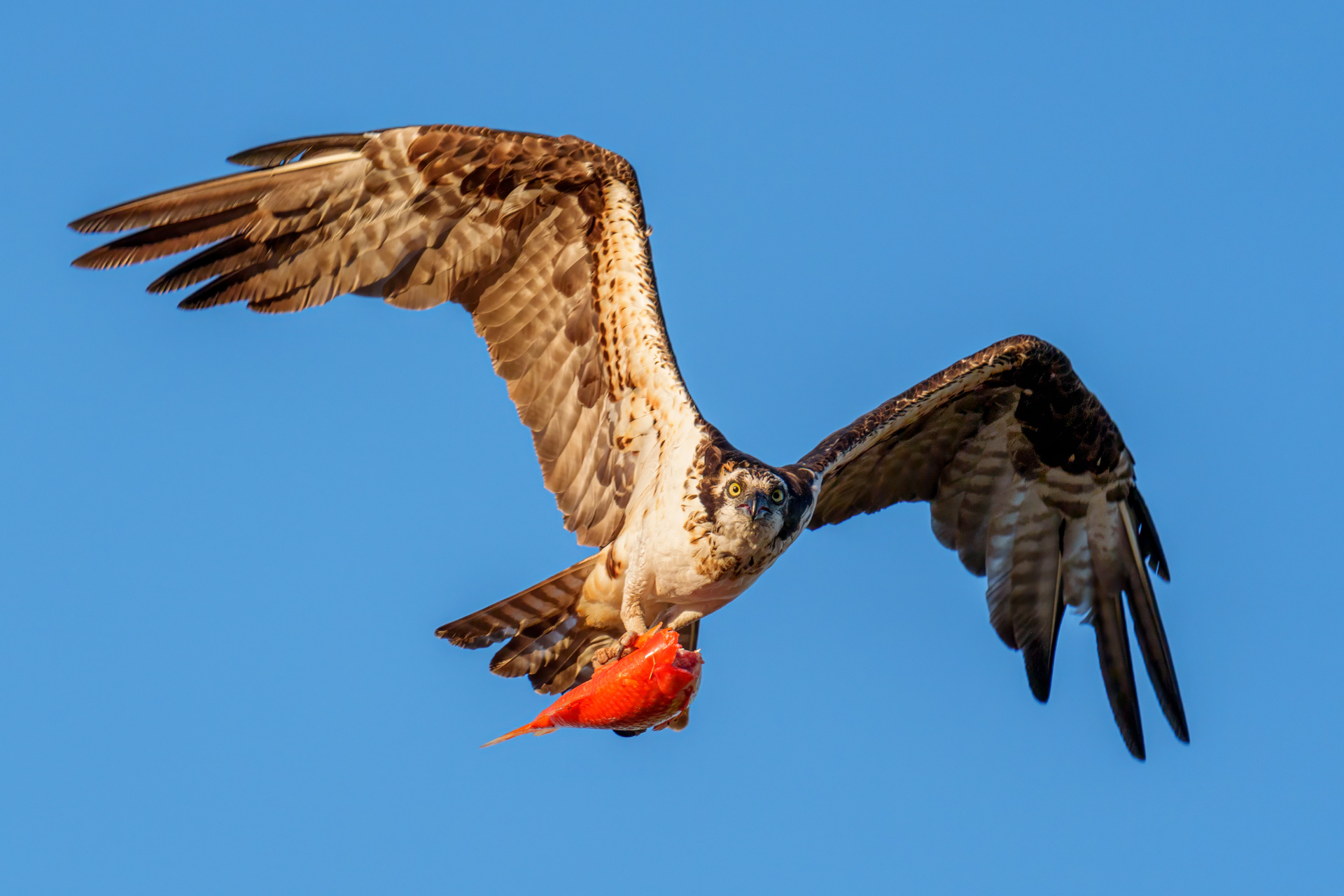Sony 400–800mm vs 200–600mm: Which One’s Worth Using in the Field?
I’ve spent a lot of time with both the Sony 200–600mm and the 400–800mm in the field. They’re two of the most popular telephoto zooms for bird and wildlife photography, and they each have their strengths. If you’re trying to decide between them, this post breaks down the key differences from someone who’s actually used both. No fluff, no specs pulled from a product page. Just real-world performance, handling, and what matters when you’re out chasing fast-moving subjects.
It’s not cheap. But after spending time with both lenses, I realized the 400–800mm fits my style of wildlife photography better. If you’re debating between these two lenses, here’s my honest take on why I made the switch and why I’m not looking back.
1. 800mm Changes the Game
Let’s start with the obvious. That extra 200mm makes a big difference in the field. When you’re photographing distant raptors, desert wildlife, or anything that doesn’t want you close, the jump from 600mm to 800mm can mean the difference between a heavy crop and a sharp, full-frame keeper.
The first time I tracked an eagle across the river at 800mm, I instantly saw the difference in the raw files. It lets me get closer without moving an inch.
2. Better Sharpness and Contrast at the Long End
The 200–600mm is solid in terms of image quality, but the 400–800mm G lens is sharper across the zoom range, especially at the longer focal lengths. It holds detail and contrast even wide open at f/8, which is impressive for a lens that long.
I’ve cropped less, edited less, and tossed fewer shots because they’re already tack sharp.
3. Autofocus That Actually Keeps Up
The 400–800mm uses Sony’s newer focus drive system, and the difference shows. It tracks birds in flight effortlessly and rarely hesitates, even in tricky lighting or cluttered scenes. Paired with my A1 II, bird eye autofocus stays locked in, even on small or fast-moving subjects.
Compared to the 200–600mm, which occasionally hunts or falls off during bursts, this lens feels more responsive and more confident.
4. Surprisingly Easy to Carry
Here’s the kicker. The 400–800mm is lighter than I expected. At around 5.25 pounds (2.38 kg), it’s actually a bit lighter than the 200–600mm, which comes in around 4.65 pounds. Thanks to internal zoom and better balance, the 400–800 feels easier to handle overall.
I’ve hiked with it, handheld it, and used it for long stints on a monopod. For a lens that offers this much reach, it doesn’t feel like a burden.
5. Zoom Ring Placement is a Huge Win
One of my biggest annoyances with the 200–600mm was the forward zoom ring. It works, but it’s awkward to use when handholding. On the 400–800mm, the zoom ring is placed much closer to the camera body. This makes it easier to control focal length without shifting your grip or losing balance.
It’s one of those design choices that feels minor until you actually shoot with it.
Final Thoughts: Is the Sony 400–800mm Worth It Over the 200–600mm?
Both of these lenses can absolutely get the job done. The 200–600mm is lighter on the wallet and still delivers great results. But after weeks of back-to-back use, I kept grabbing the 400–800mm. The extra 200mm gives you more flexibility in the field and more room to crop without sacrificing quality. On top of that, the autofocus is faster and noticeably more responsive. The 400–800mm uses newer XD linear motors, and it shows. Especially when tracking fast birds or quick bursts of movement. If you’re on the fence and trying to decide if the 400–800mm is worth the extra thousand bucks, my take is simple: yeah, it is.


